Volunteer teaching in Nicaragua with a Worldpackers social impact program
Thinking about volunteering abroad? Read about my volunteer teaching experience in Nicaragua and get inspired to give back and immerse yourself in local life, culture, and community.
5min
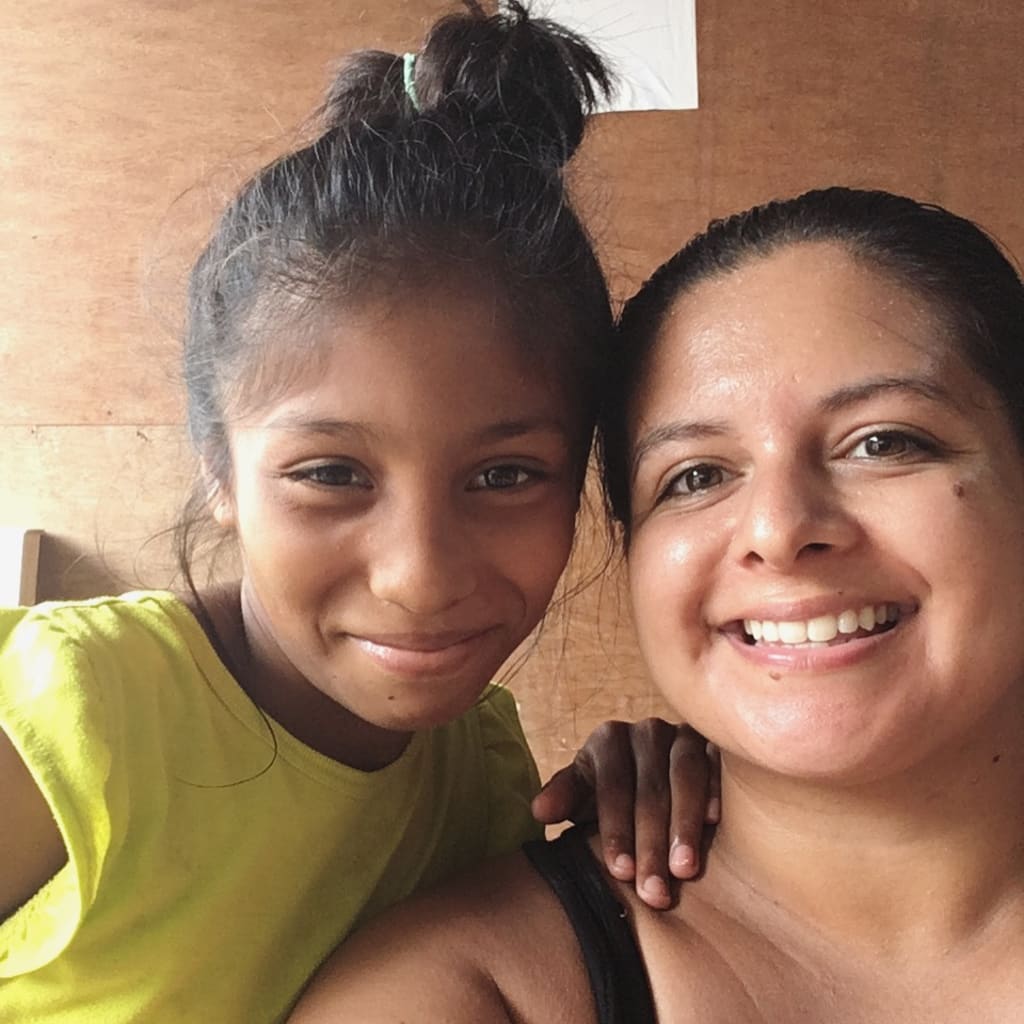
Volunteer teaching, aside from being an incredible experience, can be a great way to give back and immerse yourself in local life, culture, and community.
And, as I learned, you may be doing different work — and learning different skills — than you originally anticipated. Let me explain.
If you're going to volunteer teach, you'll most likely need to know the language the students speak (unless you're teaching English). If you decide to teach English and your students do not speak English natively, I highly recommend receiving a TEFL certificate or training of some kind.
Not every volunteer exchange or volunteer teaching assignment requires a TEFL certificate, but putting your best foot forward is something everyone should consider when teaching underprivileged children.
You want to be there for them, not just for your own experience.
Check out this article about Nicaragua language and other cultural facts.
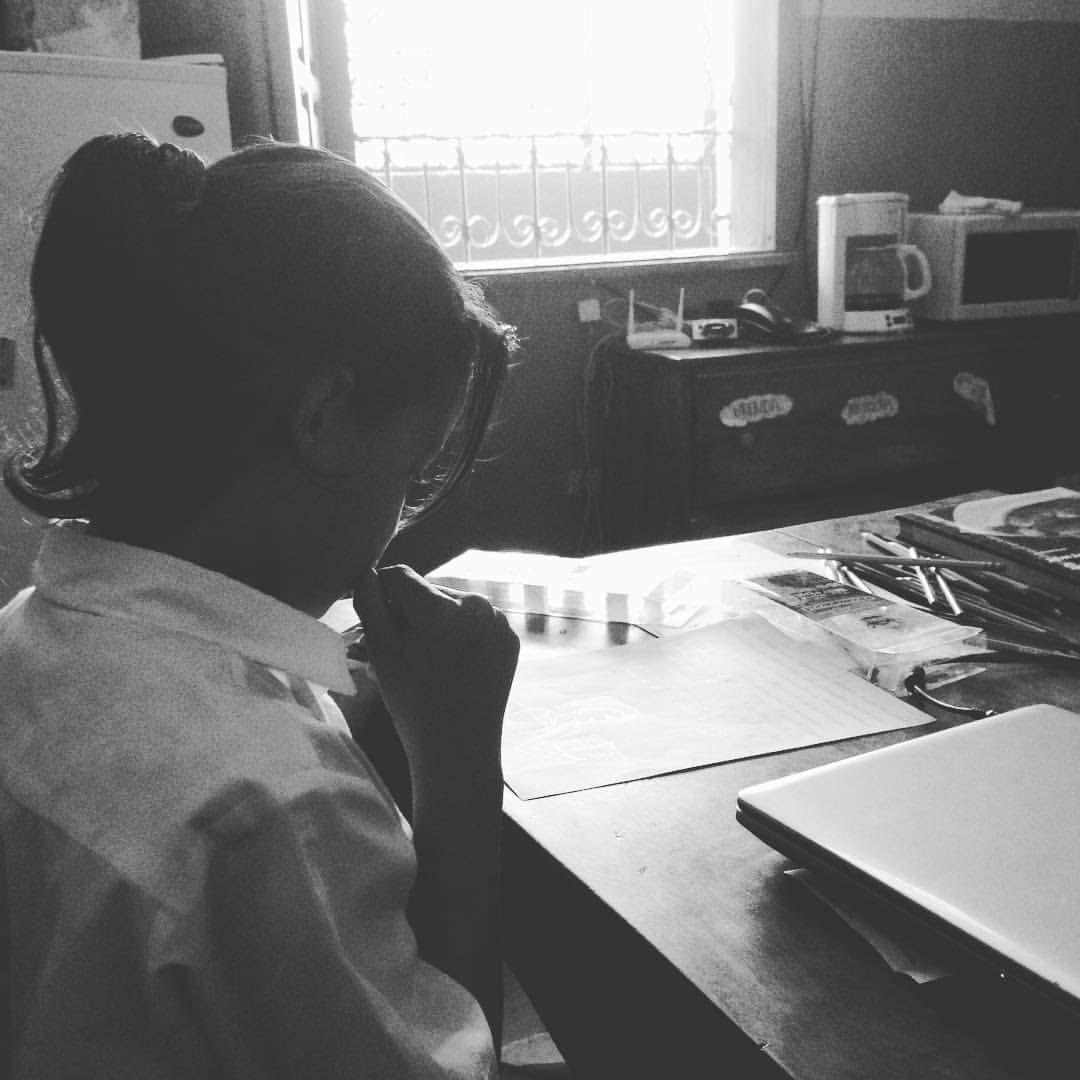
If you do not know any languages other than English and wish to volunteer teach abroad, you can also teach sports, dance, or yoga!
It's also important to keep an open mind and be willing to do whatever your host organization needs: translating, crafting social media posts, and writing letters to sponsors can be other ways you can use your English-speaking skills (even though these tasks do not necessarily require teaching). Photography and fundraising are also great skills that many nonprofits need.
When I first decided to go to Nicaragua to participate in a social impact volunteer exchange, I had a plan of what exactly I wanted to teach. As a writer, I wanted to impart my knowledge of creative writing and self-expression.
I made lesson plans. I translated my writing exercises into Spanish. I was extremely excited and even took a few workshops on how to teach children how to express themselves creatively.
But arriving in Nicaragua was a different story.
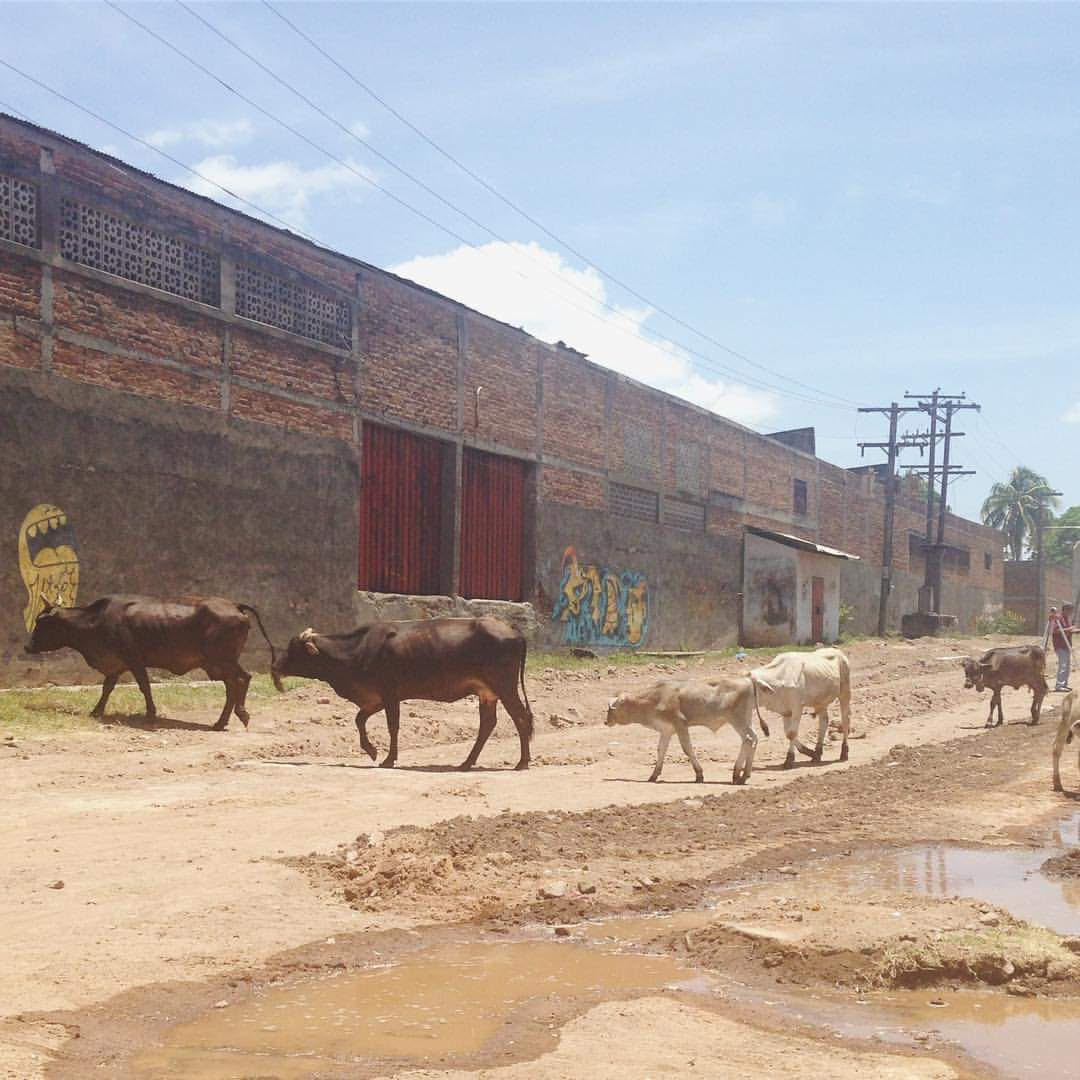
My volunteer teaching experience: social impact in Nicaragua
The students lived in a barrio outside of Granada. While the center of Granada is very tourist-friendly and beautiful, the outer barrio was full of dirt roads, houses with tin rooftops (and rocks weighing the rooftops in place), and intermittent power outages.
One little boy who rode his bike to school had to repeat the grade after a broken leg left him unable to attend classes. It was clear that these students had an uphill battle when it came to receiving an education.
Most students came to the after-school program to use the internet because they didn't have computers at home. Since there were limited computers, there was often a line to use one laptop, and the internet cut in and out.
I struggled to help them understand what was and wasn't a reputable source. I realized that there was a lot of knowledge that I took for granted. Many of the students simply believed whatever popped up on the screen, even the older ones.
The students also had to write letters to their sponsors. I thought this would be a good way for the kids to express themselves creatively, but they actually had a lot of anxiety about writing their letters.
“What if I write the wrong thing, and she doesn't want to sponsor me anymore?” one girl asked me.
That was when I realized that I needed to help the way they needed me to help, not in the way I wanted to help.
The work was not about me and my lesson plans, but about helping them have the resources to stay in school and make their sponsors proud. How terrifying would it be to know you might not finish school if you wrote the wrong thing?
Granted, most of the students were overly anxious, and of course their sponsors were proud, generous people. But I could understand where the stress came from. I tried to help them through their anxiety and draw pictures for their sponsors. They seemed more comfortable drawing than writing words, and this helped soothe their worries about being dropped from the program.
I was shocked. That was truly a lot of stress for a child to be under.
After three months of volunteering, I came to understand the culture and home lives of the children I worked with. They were very generous, often bringing me gifts like candy and homemade bracelets.
They were also resilient and entrepreneurial, offering to do hair or sell homemade food in exchange for a few cordobas. It was clear that they lived in a world where survival was constantly on their mind, and while they felt comfortable selling food or offering services for money, academics was a different story.
Most of their parents didn't go to college... in fact, a majority of them didn't graduate high school. These children were attempting to navigate this situation on their own, and it was scary to them.
I made it my goal to make school and the world of academics less scary. I challenged them to do more than the bare minimum in their homework and assured them that it was okay to have an answer that was slightly different than their peers (in creative subjects, of course). These were students who were so afraid of being “wrong” that it stifled the creativity I knew was within them.
Nicaragua is a beautiful country with a resilient population that has seen a lot. I was grateful for the chance to volunteer and learn about the culture: the fritangas (chicken with fried plantains wrapped in leaves) sold on the street, the colonial-style homes of Granada, paddle-boarding in the Laguna de Apoyo (and filming part of a Kings of Leon music video there!), and drinking Victorias at the local bar.
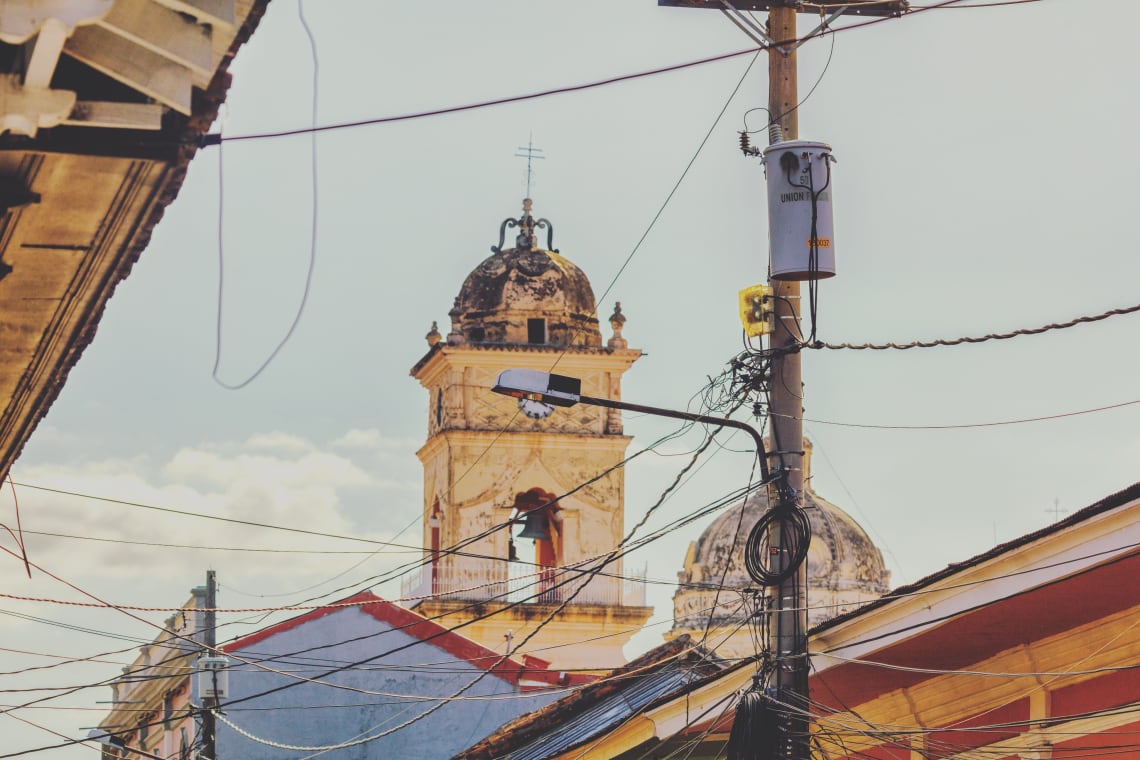
I also learned a lot about helping where needed, and letting go of my own ego.
I never used the lesson plans I so painstakingly made, but I believe I made a difference because I listened to the children and learned about an issue I didn't even realize was there.
I danced and colored with them. I did what was needed, and that's what volunteering is supposed to be about.
I returned to Nicaragua a year later and was happy to see that many of the children I worked with were still in school, and a few of the older students were applying to college! They were very happy to see me, and were interested in what I was doing.
My advice for aspiring volunteer teachers
If, ultimately, you decide to volunteer teach (whether abroad or in your home country), here are some things to consider:
1. What can I offer these students that they are not receiving enough of?
2. If I do not speak their native language, how else can I help? Am I tech savvy, and can help teach them to use computers? Am I a good artist, and can liven up their learning space? You get the idea!
3. Why do I want to volunteer teach abroad? Can I handle seeing children in situations that I consider unfair, and still be optimistic and be there for them?
If you consider these questions as you decide where to go, you'll be a great volunteer teacher!
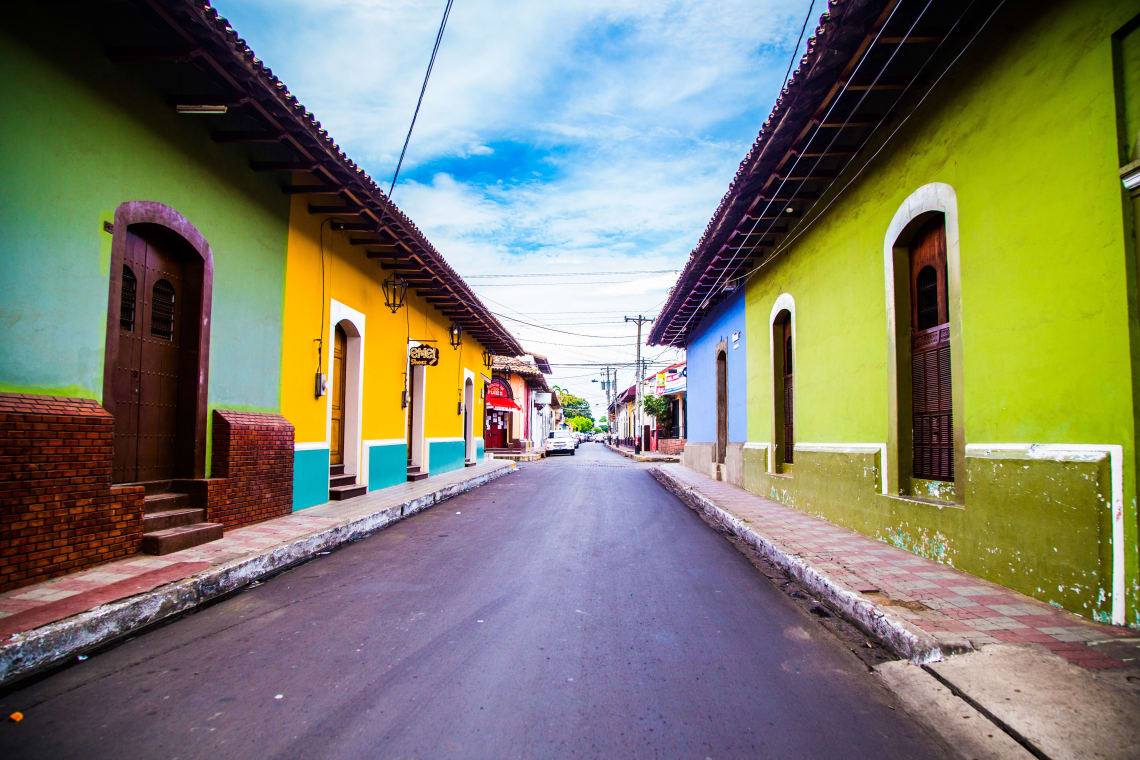
Get inspired
Worldpackers is an incredible platform to find social impact opportunities all over the world.
Worldpackers offers a myriad of opportunities in Nicaragua; from work exchange to social impact to eco programs, there is something for everyone.
Volunteer teaching languages and offering community support to children by a volcanic crater lake, or help reforestation efforts at a stunning natural reserve.
So if you're thinking about volunteering abroad, say yes and just go. A volunteer teaching experience is a great way to immerse yourself in local life and community, and you'll walk away with fresh perspective and an invaluable skillset.
Planning a trip to Nicaragua? Don't miss out the best of the Nicaraguan food during your days there!












Goldborn
Jun 01, 2019
Nice tour
Cherfaoui
Aug 22, 2019
Hi my name is Mohamed I am from Algeria I want to work as a volunteer Can you help me
Dauda
May 26, 2020
🍸🙏🤝☕👌
Sherif Dindi
Apr 13, 2021
Amazing